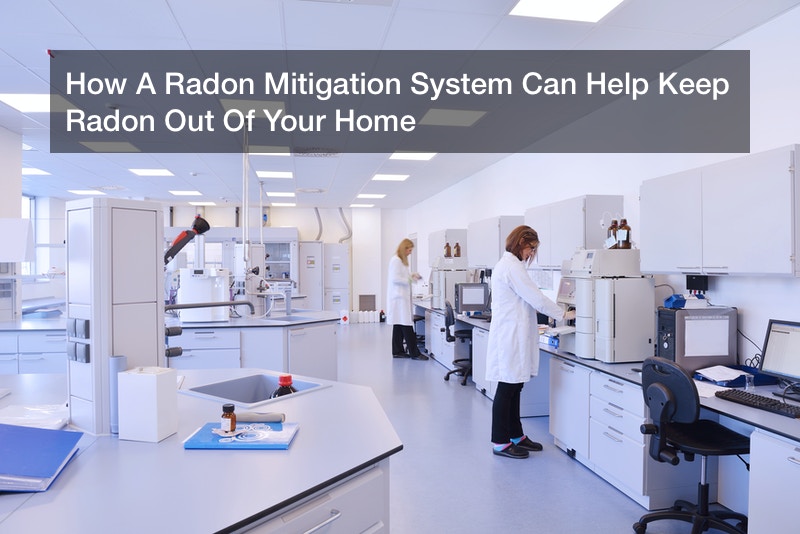How A Radon Mitigation System Can Help Keep Radon Out Of Your Home


When it comes to your home, everyone tends to view their home as a safe haven where they can relax and protected from the dangers of the world. But for as much as you might think you’re protected, chances are fairly high that you’ve got a dangerous among of radon in your home.
If you’re wondering what radon is, quite simply it’s a form of radioactive gas that occurs naturally and can’t be smelled or seen. It’s been singled out by the U.S. Surgeon General’s office as the second leading cause of lung cancer in the United States and is responsible for nearly 20,000 annual lung cancer deaths.
It’s been estimated that one in three U.S. homes have radon levels that are too high. When it comes dealing radon, you can buy any number of radon test kits from home improvement stores, but it’s also important to figure out how radon is getting into your home.
You may not know it, but your sump pump may be to blame if the level of radon in your home is too high. How does that happen? Radon usually develops in the soil that makes up part of your home’s foundation. The radon that comes up through the soil can move over to your sump pit, where it can then be pumped into your house through the sump pump. Over time, long-term exposure to radon can potentially cause a litany of health problems.
Now before you freak out, know there is a solution. The easiest way to fix this is to install a radon mitigation system, which suctions radon from all that soil below your home before it ever reaches your sump pump pit. You may think that getting a cover for your sump pump will do the trick, but unfortunately radon can also seep in wherever there’s a hole (think leaks, cracks, gaps, etc).
Fortunately, a sump pump can work successfully in conjunction with a radon mitigation system. One of the most successful radon mitigation systems uses the sub-slab depressurization process; this process uses suction points in the ground around your home’s foundation and uses piping and special fans to pull radon to a discharge point, where it doesn’t come into your home and it’s not lurking around your home’s foundation.
For the system to work most efficiently, a sump pump pit and other openings have to be sealed, so the radon gets pulled into the piping system and not into your home. Sump pumping can be beneficial for keeping floodwater out a basement and helping to prevent flooding among other things, but you’ll want to keep on an eye on your radon levels even if you do local sump pump excavation. Ultimately, you want the air quality in your home to be the best it can be, so local sump pump excavation should be monitored for radon at all times.
Before you install anything, it’s best to make a plan and find a radon mitigation contractor to install it for you. Radon, especially high levels of it, is nothing to take lightly and ultimately you want to make sure your home is protected. Keep in mind that no amount of radon is “safe,” but in a “perfect” scenario, you want your radon levels to be under four. If you’re doing a local sump pump excavation, be sure to keep an eye on your radon levels to make sure it’s not entering your home through the sump pump.